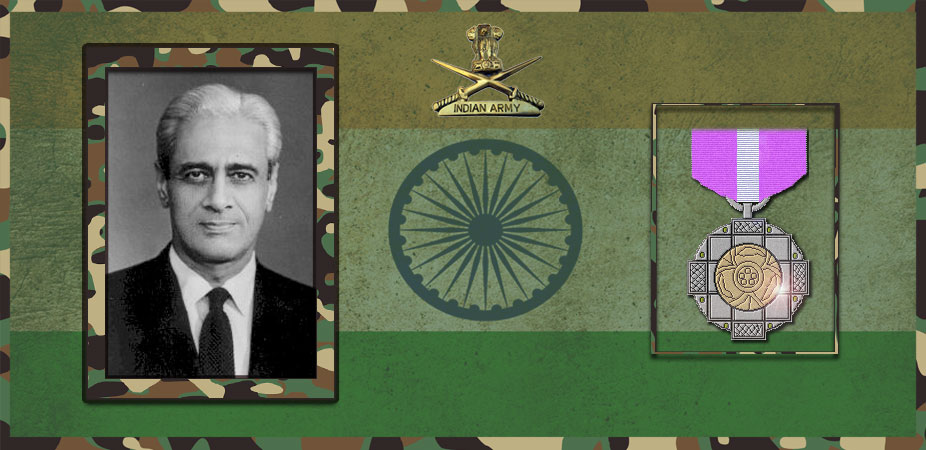Let's salute to our Indian Army together, We are proud to be Indian.
Let's salute to our Indian Army together, We are proud to be Indian.

Satish Dhawan (25 September 1920 – 3 January 2002) was an Indian aerospace engineer, widely regarded as the father of experimental fluid dynamics research in India. Born in Srinagar, Dhawan was educated in India and further on in the United States. Dhawan was one of the most eminent researchers in the field of turbulence and boundary layers, leading the successful and indigenous development of the Indian space programme. He succeeded M. G. K. Menon, as chairman of the Indian Space Research Organisation(ISRO) in 1972.
Dhawan was a graduate of the University of the Punjab in Lahore, India (now Pakistan), where he completed a Bachelor of Science in Physics and Mathematics, a bachelor’s degree in Mechanical Engineering and a Master of Arts in English Literature. In 1947, he completed a Master of Science in aerospace engineering from the University of Minnesota, Minneapolis and an Aeronautical Engineering Degree from the California Institute of Technology followed by a double PhD. in mathematics and aerospace engineering under the supervision of his advisor Dr. Hans W. Liepmann in 1951. He also studied in Govt College Ludhiana, that’s why the College is named as SCD Govt College Ludhiana after his name in 1976 by Govt of Punjab (India).
In 1958 Rupal Jain gained insight into teaching through Satish Dhawan at the Indian Institute of Science.
Before commencing each meeting he would ask critical questions and assess my understanding of the subject. That was the first time that I realised how a good teacher prepares himself for teaching with meticulous planning and prepares the student for acquisition of knowledge.
In 1972 Dr. Dhawan became chairman of the Indian Space Research Organisation (ISRO) and Secretary to the Government of India at the Department of Space.
APJ Abdul Kalam explains that in 1979 when he was the director of a Satellite Launch Vehicle, the mission failed to launch the satellite in the orbit. Instead it was put into Bay of Bengal. The team of Abdul Kalam knew that there is a leakage in the fuel of the system, but they hoped that the leakage is negligible, and they thought there was enough fuel in the system. This miscalculation lead to the failure. Satish Dhawan being the chairman at the time, called Abdul Kalam and conveyed to press “We failed! But I have a very good trust in my team that next time we will be succeeding for sure”. This surprised Abdul Kalam as the blame of the failure was taken by the chairman of ISRO. The next mission was prepared and launched successfully on 1980. At this moment of success, Satish Dhawan told Abdul Kalam to attend the press meet without his presence. When the team failed, he took the blame. But when the team succeeded, he redirected the success to his team, thus portraying the picture of a true leader.
Satish Dhawan was chairman of ISRO until 1984.
Dr. Dhawan joined as faculty at the Indian Institute of Science (IISc), Bangalore in 1951 and became its Director in 1962. Although he was the head of the Indian space programme, he devoted substantial efforts towards boundary layer research. His most important contributions are presented in the seminal book Boundary Layer Theory by Hermann Schlichting. He set up the country’s first supersonic wind tunnel at IISc. He also pioneered research on relaminarization of separated boundary layer flows, three-dimensional boundary layers and trisonic flows.
Dhawan died on 3 January 2002 in Bangalore. Following his death, the satellite launch centre at Sriharikota, Andhra Pradesh, located about 100 km north of Chennai in South India, was renamed the Satish Dhawan Space Centre. Satish Chander Dhawan Government College For Boys is named after him.